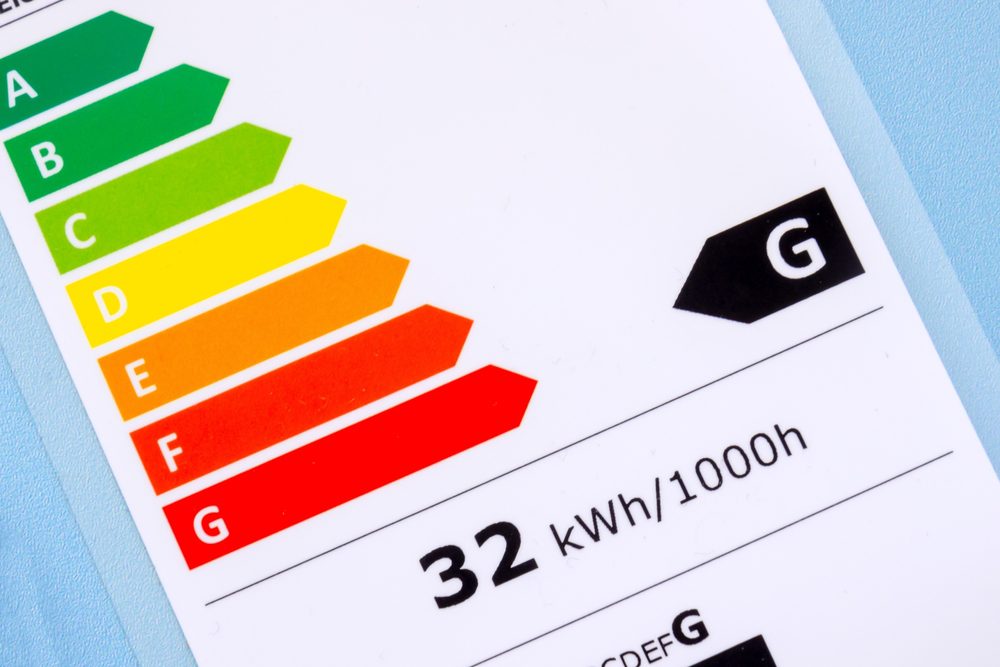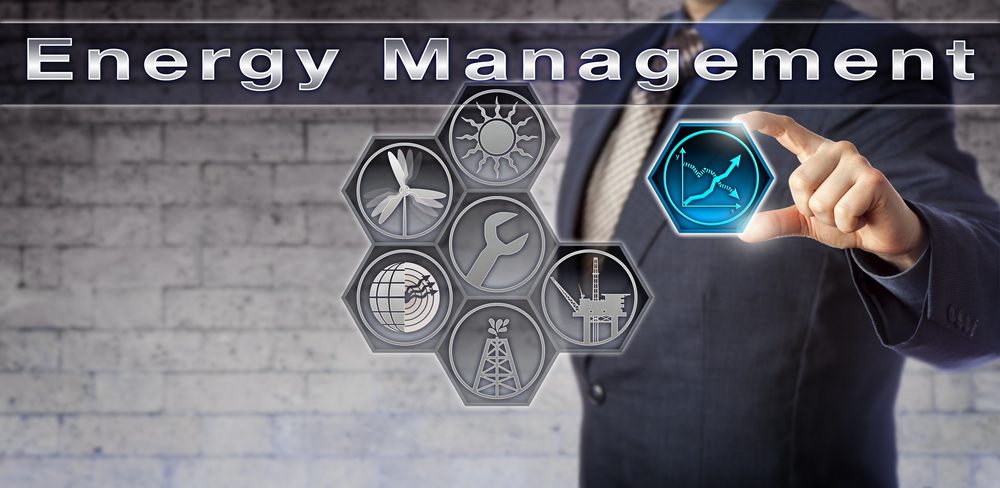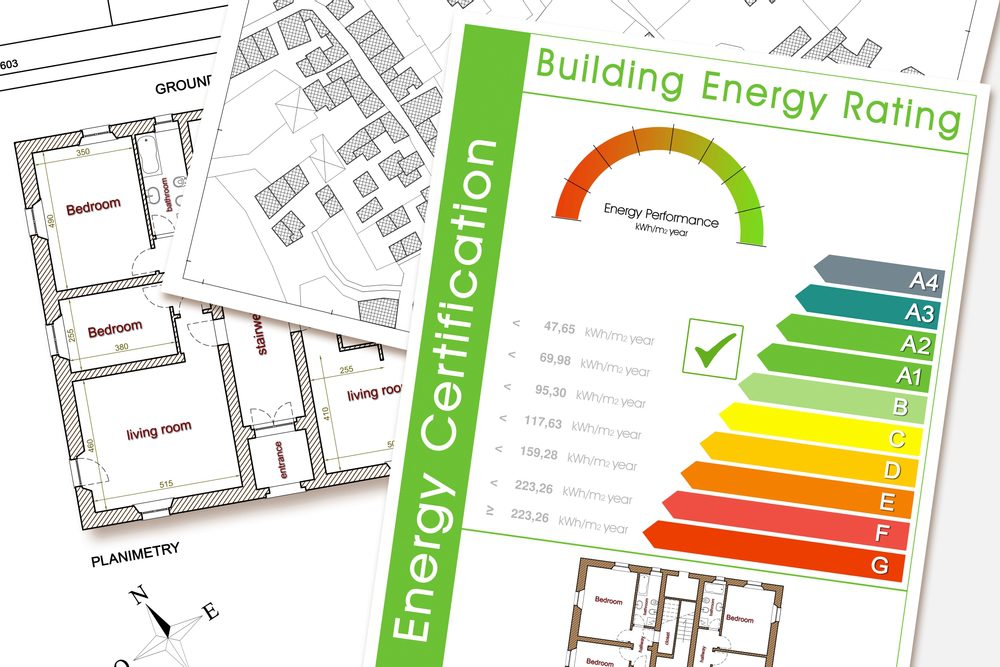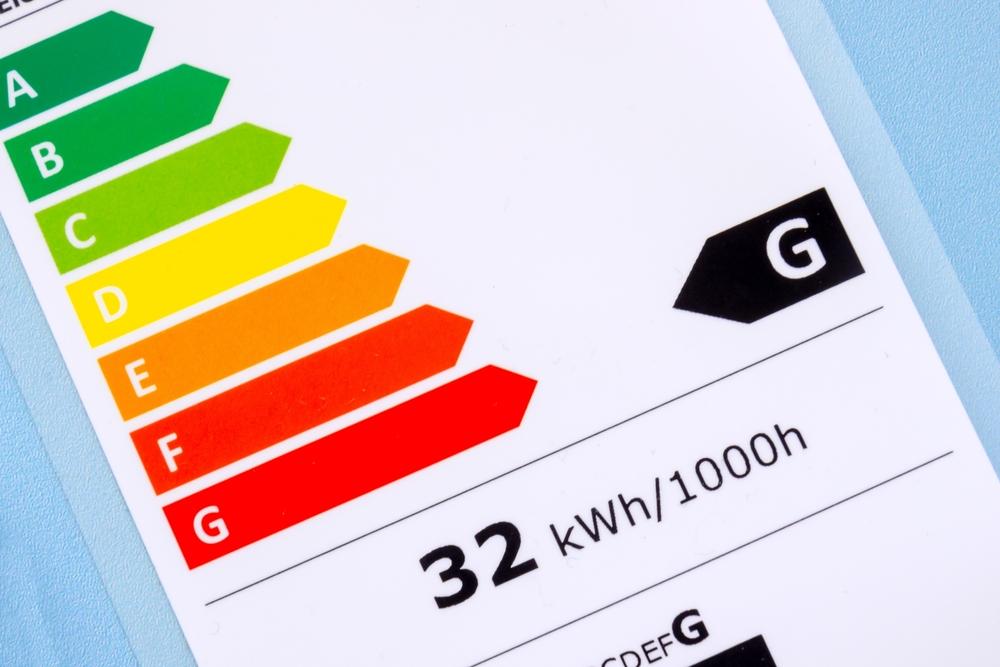Introduction
With the increasing frequency and intensity of major storms, businesses face a growing vulnerability to unpredictable weather events. These storms, ranging from hurricanes to blizzards, have the potential to cause significant damage to infrastructure, disrupt power supply, and bring commercial operations to a grinding halt. In such challenging times, an investment in energy resiliency becomes paramount. This article delves into the importance of energy resiliency in mitigating the impact of major storms and provides comprehensive guidance on securing businesses against these natural disasters.
Understanding Energy Resiliency
Energy resiliency refers to a business’s capacity to maintain its operations during and after a major storm, even in the face of power supply disruptions. It involves having sturdy energy infrastructure, backup power sources, and effective emergency preparedness plans. By prioritizing energy resiliency, businesses can ensure continuity, protect valuable assets, and minimize financial losses during storm events.
During major storms, businesses encounter several potential threats, including power outages, equipment failure, and external utility disruptions. Having a resilient energy system becomes paramount in such situations, as it ensures that critical operations can continue even when the grid is compromised. This requires a thorough understanding of the role energy infrastructure plays in maintaining business operations.
Assessing Vulnerabilities and Risks
To establish energy resiliency, a critical first step for businesses is to conduct a comprehensive risk assessment. This process involves identifying vulnerabilities in energy supply and infrastructure and evaluating risks associated with power outages, equipment failure, and external utility disruptions.
By conducting a risk assessment, businesses can identify potential weak points in their energy systems and implement appropriate measures to strengthen them. This may involve investing in backup power sources such as generators or solar panels. Additionally, by evaluating risks, businesses can develop contingency plans, prioritize resources, and effectively respond to storm-related challenges.
Building a Resilient Energy System

Investing in backup power sources is a crucial step in building a resilient energy system. Generators, for example, can provide immediate power during outages, ensuring that essential operations can continue uninterrupted. Similarly, integrating solar panels into the energy infrastructure offers a sustainable and renewable energy source during and after storms.
Smart energy management systems also play a vital role in optimizing energy usage. These systems enable businesses to monitor, control, and conserve energy efficiently, reducing reliance on external sources. By implementing advanced technologies like smart meters and energy analytics software, businesses can gain insights into their energy consumption patterns, identify areas for improvement, and make informed decisions to optimize energy usage.
Additionally, energy storage solutions, such as batteries, provide backup power during outages and allow for a smooth transition between different energy sources. By storing excess energy during non-peak hours and utilizing it when needed, businesses can reduce their reliance on the grid and enhance their energy resiliency.
An emerging trend in energy resiliency is the adoption of microgrids. These self-contained energy systems can operate independently from the main grid and provide power to essential facilities during outages. Microgrids offer greater control, reliability, and resiliency, making them an attractive option for businesses seeking to enhance their energy infrastructure. By incorporating renewable energy sources like solar or wind power, microgrids can provide sustainable energy solutions while ensuring uninterrupted power supply during major storms.
Establishing Emergency Preparedness Plans
No energy resiliency strategy is complete without a comprehensive emergency preparedness plan. This plan should be specific to storm events and outline protocols for employees to follow during emergencies. Regular training sessions should be conducted to ensure everyone understands their roles and responsibilities.
Communication is key during storm events. Establishing clear channels for updates and coordination is essential for effective response and decision-making. In addition to internal communication systems, businesses should establish communication protocols with local emergency services and utility providers to ensure access to vital information and assistance when needed.
Collaborating with local emergency services can also help businesses stay informed about weather conditions and receive timely alerts. This enables businesses to make proactive decisions regarding safety measures, evacuation plans, and the activation of emergency response teams.
Enhancing Physical Infrastructure
To safeguard against the physical impact of major storms, businesses must enhance their infrastructure. Reinforcing buildings and critical facilities against high winds, floods, and other storm hazards is crucial to prevent structural damage. This may include fortifying roofs, windows, and doors, as well as securing outdoor equipment and materials that could become hazardous in strong winds.
Additionally, protecting electrical equipment and systems from water damage through elevated installation or watertight enclosures is essential for maintaining power supply during storms. By relocating critical equipment to higher ground or sealing it in waterproof enclosures, businesses can minimize the risk of electrical failures due to flooding.
Moreover, implementing surge protection systems safeguards electrical equipment from power surges caused by lightning strikes or grid fluctuations. This can prevent costly damage and ensure uninterrupted operations during storms.
Regular Maintenance and Testing
Maintaining energy infrastructure is vital for ensuring its reliability and effectiveness. Routine maintenance activities, including inspections and testing, should be scheduled regularly to identify and address any potential issues. Backup power sources like generators should be thoroughly tested to ensure they are in optimal working condition, providing peace of mind during storm events.
Emergency plans and procedures should also be reviewed and updated periodically. As businesses evolve, so do the risks they face, making it imperative to adapt emergency protocols accordingly. Regular drills and simulations can help familiarize employees with emergency procedures and identify areas for improvement. By staying proactive and up to date, businesses can ensure their energy resiliency strategies are always effective.
Furthermore, businesses should establish partnerships with service providers for regular maintenance and repairs. Having trained professionals regularly inspect and service critical equipment not only ensures its proper functioning but also helps identify potential issues before they escalate into larger problems. These partnerships can also provide access to emergency response services in the event of a crisis, reducing downtime and minimizing the impact on operations.
Leveraging Insurance and Financial Strategies
While energy resiliency measures can significantly mitigate the impact of storms, some aspects may be beyond a business’s control. To further safeguard against potential financial losses, it is crucial to understand insurance coverage options for storm-related damages. Evaluating the financial impact of major storms on the business allows for better risk assessment and informed decisions regarding insurance coverage.
Insurance policies tailored to business needs can provide coverage for property damage, business interruption, and the costs associated with rebuilding and repairing infrastructure. Careful analysis of insurance policies is necessary to ensure that the coverage is adequate and aligns with the specific risks faced by the business. It is also important to review policies periodically to account for changes in the business’s operations, assets, or location.
In addition to insurance, businesses can utilize risk transfer techniques to mitigate financial risks. This may involve entering into contracts with suppliers or service providers that include provisions for storm-related disruptions. By sharing the risk with partners, businesses can ensure that the burden of unforeseen events is not solely on their shoulders.
Investing in Resilience: A Smart Business Decision

Investing in energy resiliency is not only a necessary step for mitigating the impact of major storms but it is also a smart business decision that can yield long-term benefits. By prioritizing energy resiliency, businesses can:
- Ensure Continuity: A resilient energy infrastructure allows businesses to maintain their operations even in the face of power outages or disruptions. This minimizes downtime, reduces financial losses, and enables a quicker recovery after a major storm event.
- Protect Valuable Assets: By securing critical equipment, facilities, and data, businesses can safeguard their valuable assets from storm-related damages. This not only protects the business’s physical infrastructure but also preserves its intellectual property, customer information, and other sensitive data.
- Enhance Reputation: Businesses that demonstrate a commitment to energy resiliency are seen as reliable and trustworthy partners in the eyes of customers, stakeholders, and the community. This can enhance the business’s reputation and differentiate it from competitors, attracting more customers and opportunities.
- Achieve Sustainability Goals: Building a resilient energy infrastructure often involves incorporating renewable energy sources and implementing energy-efficient technologies. This helps businesses reduce their carbon footprint, lower their energy costs, and contribute to a sustainable future.
- Adapt to Changing Regulations: The global focus on environmental sustainability and the need to mitigate climate change is driving the implementation of stricter regulations. By investing in energy resiliency, businesses can stay ahead of regulatory requirements and avoid potential penalties or compliance issues.
Conclusion
In an era of increasing climate uncertainty, energy resiliency is a critical aspect of securing businesses against major storms. By understanding the significance of energy resiliency and implementing the outlined strategies, businesses can mitigate the impact of storms, ensure continuity, protect valuable assets, and position themselves for long-term success. By taking proactive measures to build a resilient and sustainable energy infrastructure, businesses can thrive even in the face of nature’s most formidable challenges. Embracing energy resiliency is not only a smart business decision but also a commitment to a safer and more sustainable future. As the climate continues to change, the time to act is now—secure your business against major storms and build a resilient energy infrastructure that will withstand the test of time.
Discover how VertPro.com can elevate your property’s energy efficiency to new heights. We are your ultimate destination for all things related to Commercial Energy Audits, Benchmark Compliance consultancy, and access to our state-of-the-art Construction Marketplace. As trailblazers in the industry, VertPro® empowers Building Owners and Property Managers across the nation with innovative SaaS technology-based solutions. From Energy Benchmarking to Energy Audits/RCx Plus, we’re dedicated to ensuring compliance with over 50 Energy Benchmarking and Energy Efficiency Laws.
Now is the time to seize the opportunity to maximize your property’s energy potential and value. Explore VertPro.com’s comprehensive solutions today and let us be the catalyst for the transformation your property deserves. Your energy-efficient future starts here!














